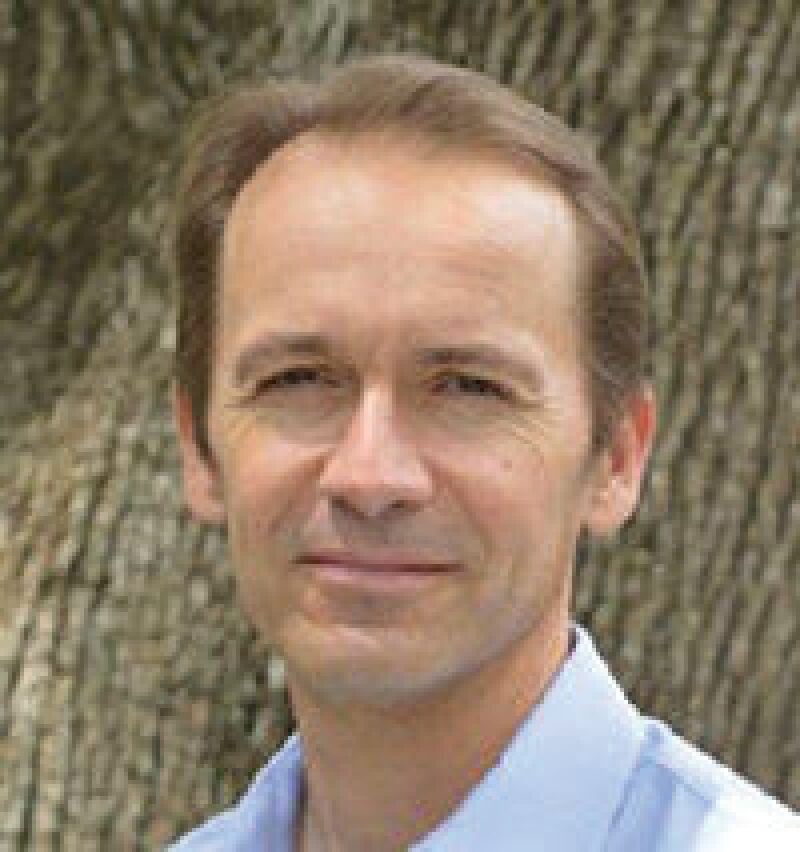This year obviously has seen tremendous changes in our industry. No one could have anticipated the pandemic that has drastically reduced oil and gas demand globally. What is almost certain is that this pandemic has triggered an acceleration of the digitalization and automation of the industry, a probable transformation of our work environment, and a possible quicker transition toward cleaner energy.
If drilling an oil well still requires the physical presence of a crew, the drilling industry surprised itself at seeing that drilling activity could be operated and supported remotely and efficiently from home. More and more wells are already drilled with different levels of automation that produce fantastic and consistent performance. It is probably just the beginning. We are only now digesting the tremendous amount of surface and downhole data available in nearly real time using machine learning or physical-based models to then feed the control systems to command the machines.
Our understanding of drilling with better software, instrumentation, machines, computer vision, downhole tools, and robots will continue improving the economics of horizontal wells, and the trend is set to continue. This is good news for the geothermal market, which will benefit from these overall improvements in horizontal drilling.
Even though geothermal drilling in hard and hot rock is not new, with the push toward cleaner and renewable energy, many projects and studies already have begun to produce geothermal energy from oil and gas horizontal gas wells using the hot water coproduced during oil and gas production. Instead of simply reinjecting the fluids into the ground, why not extract the heat from them? Even though fluid volume and temperature require a given threshold to be economical, advances in energy-conversion systems make the approach commercially viable.
Other projects consist of economically drilling multiple horizontal wells several kilometers below the surface connected by two vertical wells, circulating a geothermal fluid in a sealed pipe and creating a closed-loop system to generate large scale electricity or heat for homes or industries. There is a good opportunity for the drilling industry to leverage its technologies and processes initially developed for horizontal oil and gas wells to tap geothermal resources economically and at large scale.
This Month's Technical Papers
Comprehensive Cuttings-Transport Model Optimizes Drilling Operations for Hole Cleaning
New Method Determines Well Spacing in Unconventional Reservoirs
Technologies and Practices Push ERD Safe Operating Envelope, Reap Savings Offshore
Recommended Additional Reading
SPE 195979 The Strategy of Production Operation for Extended Lateral Shale Wells by Haidan Lu, Schlumberger, et al.
SPE 197083 An Analytical Method for Optimizing Fracture Spacing in Shale Oil Reservoirs by Md Nahin Mahmood, University of Louisiana at Lafayette, et al.
OTC 30596 A New Automated Cutting-Volumes Model Enhances Drilling Efficiency by Mohammed Murif Al Rubaii, Saudi Aramco, et al.

| Stéphane Menand, SPE, is a technical fellow at Helmerich and Payne (H&P), based in Houston. Previously, he held a research position at Mines ParisTech University. Menand has 23 years of experience in the oil and gas industry, first as a research and development project manager in drilling engineering, more specifically in directional drilling, drillstring mechanics (torque, drag, and buckling), drilling dynamics, and drill-bit performance and then as a general manager for the company DrillScan, recently acquired by H&P. He has authored more than 30 SPE and other technical papers and patents. Menand holds a PhD degree in drilling engineering from Mines ParisTech. He serves on the JPT Editorial Review Board and as associate editor for SPE Drilling and Completions journal. Menand can be reached at stephane.menand@hpinc.com. |


